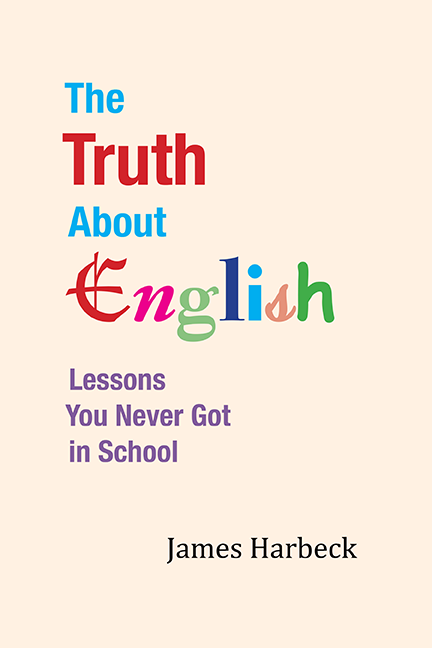Ash nazg durbatulûk, Ash nazg gimbatul, Ash nazg thrakatulûk Agh burzum-ishi krimpatul. One ring to rule them all, One ring to find them, One ring to bring them all And in the darkness bind them. A three-ring binder. But what – or who – is bound?
Oh, yes, if you know your Tolkien you know his answer. But there are other binders, rely on it. We are in word country here now, and there is something I think you are ready to see.
You think the world is full of things, and then there are words that we attach to them. We see a thing, a creature, a person, and we turn to a book and we see a word there that we can use to bind it to the page, an ink tattoo on the paper. But we will now expand our awareness out of bounds, by leaps and bounds; where we were blind, we will now see. Take this pill. It is binding – yes, it can cause constipation, but I mean that it is a binding contract. Once you have bound yourself to it, we will be bound for a new world – without moving. We simply turn our perspective. It is a rebirth, and you’re going through the contractions.
And now you see in this view that it is words that are real. They grow freely, roam freely; the signifiers have no minders or blinders. But they cannot signify until they choose something to signify, or until something is chosen for them (but by who? everyone who chould choose is also a potential signified). And to find the object, we go to the binders. There are binders full of women, binders full of men, binders full of beasties and veggies and things, binders perhaps of brindled bandersnatches. They have been chosen to be bound, and now they are bound to be chosen.
The association is arbitrary: the objects are fungible. But when the words are bound to their objects, even though someone is bound to object, they are bound and tied, like Prometheus in binder twine: the rock his world, the eagle to de-liver him until Hercules delivers him. Bound for glory, bound for destruction, bound to set an example, bound in leather (deluxe edition).
Adam lay ybounden, too, ybounden to the Eve of destruction. Before they ate the fruit, did they know their names? Was it really Prometheus who gave them the fruit, the gift of words, the ability to bind a thing to a sign, to know where one thing stops and another starts by the semantic repulsion of their signs, Derrida’s différance? Be careful of that fruit; it’s binding. The only way to release the bonds is to prune. Unbind them and let them go free – but beware of verbal diarrhea. If the words detach from their binders, glossary becomes glossolalia.
But again you have been misled, led into bondage by what you have seen. Words are other words; in other words, you are out of bounds. This binder, it is a pigment of your imagination; it is the binder that causes the pigment to set, so that the colour stays together in the painting as you use your thousand words colourfully. This binder is the machine that harvests the words and binds them into sheaves or bales: the grim reaper, baleful but necessary in the circle of life.
The circle? The ring. The three rings: life is a three-ring circus, but when you snap the rings together you are back in the sheets… foolscap? Or night cap? Have you been dreaming? Are you homeward bound? When you awaken, when you rebound to awareness from sleep, are you re-bound to your body, bound hand and foot?
Are you awake? Look around you now, unbind your eyes from the screen. Yes, you. (Is there a you reading this?) You have been swimming in words. Where are their signifieds? Objects on the screen may appear closer than they are. These words you see, they are shaped by nothing other than absence: absence of their objects and absence of light – the letters are black. The darkness is the words, and everything is bound in them.
You are caught as in a web that spans the world wide. The web knows no bounds. But it knows no bonds either. Memes whirl like rubbed pennies, making three or four out of two; but when you stop the oscillation of species do you see there was nothing at all, not even two, and then you are left rubbing your eyes. Every thing is back in its binder. You too.






